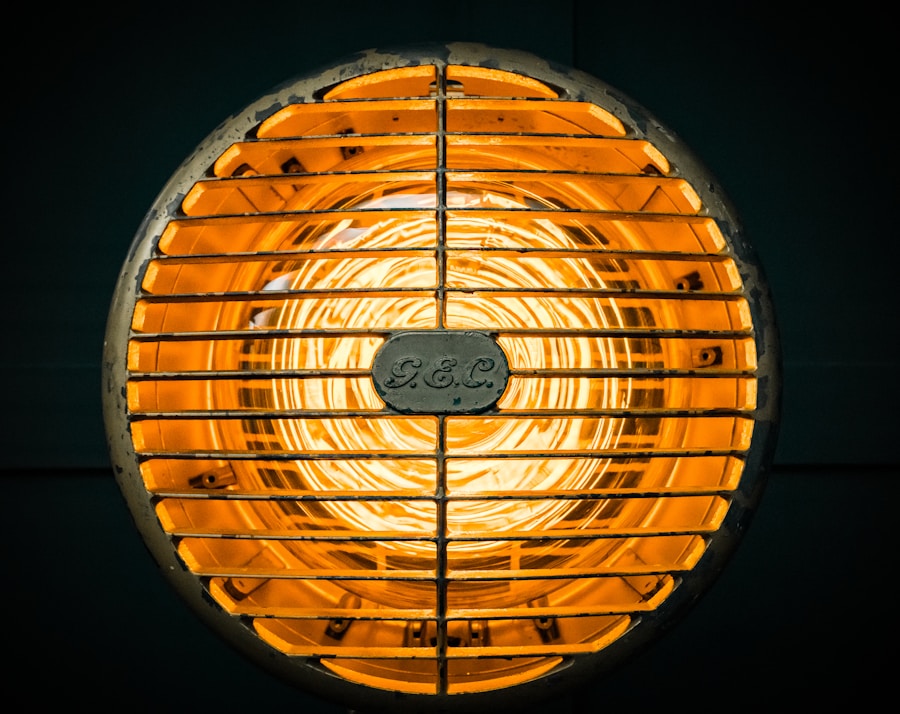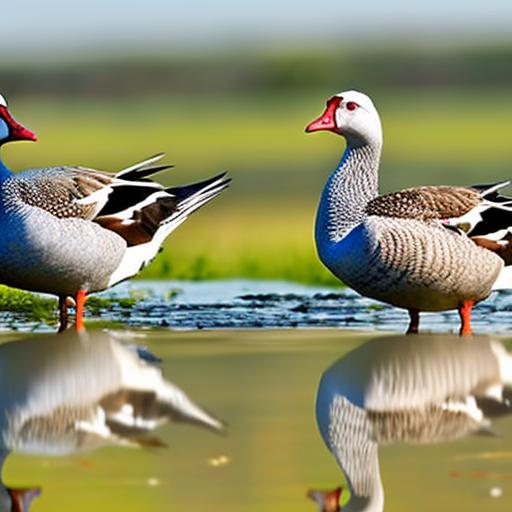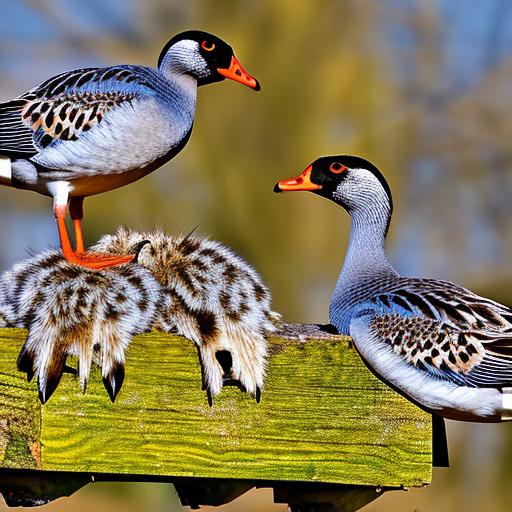Keeping chickens warm in winter is crucial for their health and well-being. Chickens are sensitive to cold temperatures and can suffer from frostbite, hypothermia, and other cold-related illnesses if not properly cared for during the winter months. Cold temperatures can also affect egg production and overall egg quality. It is important to understand the specific needs of chickens in winter and take the necessary steps to ensure they stay warm and healthy.
Chickens are naturally equipped to handle cold temperatures to some extent, as they have feathers and a layer of fat to help insulate them. However, extreme cold can still be dangerous for them. When temperatures drop below freezing, chickens can experience discomfort and stress, which can lead to a decrease in egg production and overall health. It is important to provide them with a warm and comfortable environment to help them stay healthy and productive during the winter months.
Table of Contents
Choosing the Right Coop Design for Winter
When it comes to keeping chickens warm in winter, the design of their coop plays a crucial role. The coop should be well-insulated and provide adequate protection from the elements. A good coop design for winter should have a solid roof to prevent leaks, proper ventilation to prevent moisture buildup, and enough space for the chickens to move around comfortably. Additionally, the coop should be raised off the ground to prevent drafts and keep the chickens dry.
There are various coop designs to choose from, including traditional wooden coops, plastic coops, and portable coops. Each type of coop has its own advantages and disadvantages when it comes to winter warmth. Wooden coops are often well-insulated and provide good protection from the cold, but they may require more maintenance. Plastic coops are lightweight and easy to clean, but they may not provide as much insulation as wooden coops. Portable coops are convenient for moving around the yard, but they may not offer as much protection from the cold as stationary coops. It is important to consider the specific needs of your chickens and the climate in your area when choosing the right coop design for winter.
Insulating Your Coop for Maximum Warmth
Insulating your chicken coop is essential for keeping your chickens warm in winter. Proper insulation helps to retain heat and prevent drafts, creating a comfortable environment for your chickens. There are several ways to insulate a coop, including adding insulation panels to the walls and ceiling, using straw bales around the perimeter of the coop, and sealing any gaps or cracks that could let cold air in.
Insulation panels are a popular choice for insulating coops, as they are easy to install and provide effective insulation. These panels can be made of various materials, such as foam board or fiberglass, and can be attached to the walls and ceiling of the coop to create a barrier against the cold. Additionally, straw bales can be stacked around the perimeter of the coop to provide extra insulation and protection from drafts. It is important to regularly check the insulation in your coop and replace any damaged or worn-out materials to ensure maximum warmth for your chickens.
Providing Adequate Ventilation
While it may seem counterintuitive, providing adequate ventilation in your chicken coop is essential for keeping your chickens warm in winter. Proper ventilation helps to remove moisture from the coop, which can lead to condensation and frostbite if not properly managed. It also helps to regulate the temperature inside the coop and prevent the buildup of harmful gases.
There are several ways to provide ventilation in a chicken coop, including installing windows or vents that can be opened and closed as needed. It is important to position these openings strategically to allow for airflow without creating drafts. Additionally, adding a ridge vent or gable vent to the roof of the coop can help to remove excess heat and moisture, creating a more comfortable environment for your chickens. Regularly checking and cleaning these ventilation openings is important to ensure they are functioning properly and providing adequate airflow for your chickens.
Using Heat Lamps and Heaters Safely
In some cases, using heat lamps or heaters may be necessary to keep your chickens warm in winter. However, it is important to use these devices safely to prevent fires and other hazards. When using heat lamps or heaters in a chicken coop, it is important to position them away from flammable materials such as straw or wood shavings, and secure them properly to prevent them from falling or being knocked over by the chickens.
Additionally, it is important to regularly check these devices for any signs of wear or damage, such as frayed cords or loose connections. It is also important to use devices specifically designed for use in a chicken coop, as other types of heaters may not be safe or suitable for this environment. It is important to monitor the temperature inside the coop regularly when using heat lamps or heaters to ensure that it stays within a safe range for your chickens.
Offering Warm Bedding and Nesting Materials
Providing warm bedding and nesting materials is essential for keeping your chickens warm in winter. Bedding materials such as straw, wood shavings, or shredded paper can help to insulate the floor of the coop and provide a comfortable surface for your chickens to rest on. Additionally, providing nesting materials such as hay or straw in the nesting boxes can help to keep your chickens warm while they lay eggs.
It is important to regularly check and replace bedding materials in your chicken coop to ensure they stay clean and dry. Wet or soiled bedding can lead to mold growth and create an unhealthy environment for your chickens. Additionally, providing extra bedding during particularly cold periods can help to provide additional insulation and warmth for your chickens.
Monitoring Your Chickens’ Health and Behavior During Winter
Monitoring your chickens’ health and behavior during winter is crucial for ensuring they stay warm and healthy. It is important to regularly check on your chickens for signs of illness or distress, such as lethargy, loss of appetite, or changes in behavior. Additionally, monitoring their egg production can help you identify any issues with their overall health and well-being.
Regularly checking the temperature inside the coop and making adjustments as needed can help you ensure that your chickens stay warm and comfortable during winter. Additionally, providing extra food and water during particularly cold periods can help to provide additional energy and hydration for your chickens. It is important to be proactive in caring for your chickens during winter to ensure they stay healthy and productive throughout the season.
In conclusion, keeping chickens warm in winter requires careful planning and attention to detail. Choosing the right coop design, insulating the coop properly, providing adequate ventilation, using heat lamps and heaters safely, offering warm bedding and nesting materials, and monitoring your chickens’ health and behavior are all essential steps in ensuring their well-being during the colder months. By taking these measures, you can help your chickens stay warm, healthy, and productive throughout the winter season.
Meet Walter, the feathered-friend fanatic of Florida! Nestled in the sunshine state, Walter struts through life with his feathered companions, clucking his way to happiness. With a coop that’s fancier than a five-star hotel, he’s the Don Juan of the chicken world. When he’s not teaching his hens to do the cha-cha, you’ll find him in a heated debate with his prized rooster, Sir Clucks-a-Lot. Walter’s poultry passion is no yolk; he’s the sunny-side-up guy you never knew you needed in your flock of friends!







